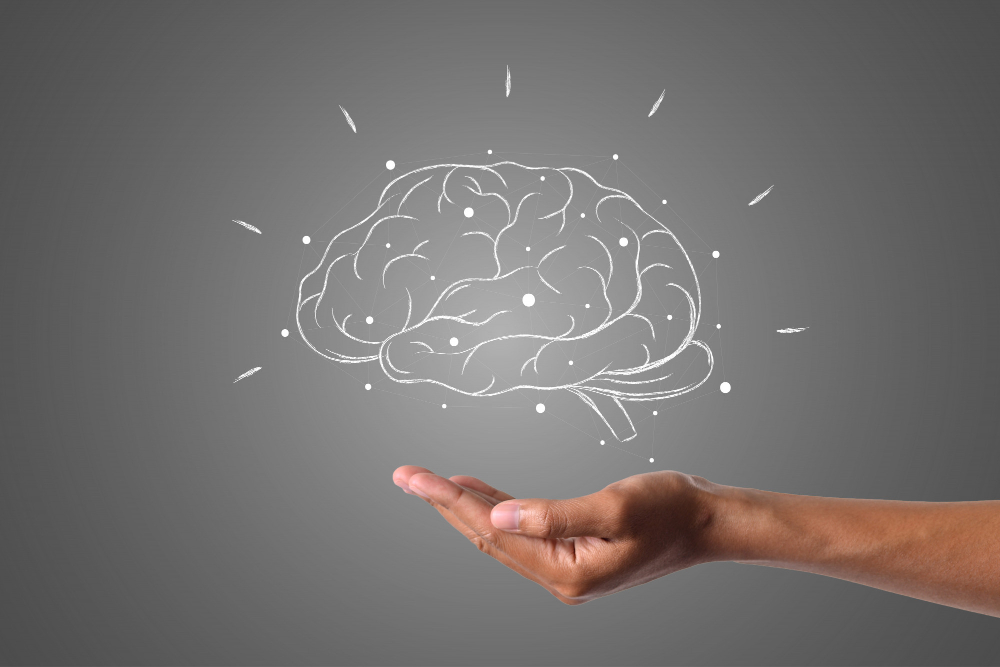Cognitive computing technologies are fundamentally different from all other forms of computing used so far. Cognitive systems continually learn from their interaction with data (structured and unstructured), contexts, and people, and thus improve their learning and reasoning capabilities over time. Similar to how human learning evolves from birth to adulthood, a cognitive system learns and becomes more intelligent over time from the information it gains each time it interacts with its environment and the experience it accumulates.
This paradigm shift from rule-based computing to autonomous learning and reasoning is changing computing forever. With the advent of Big Data, cognitive computing promises to unlock a vast amount of knowledge now hidden under the rich and huge amount of data that tourism firms generate.
In this vain, the old dilemma about whether man or machine will prevail would lose relevance to give way to a new era in which machines would not replace humans but would join them to expand their capabilities and help them make decisions by leveraging Big Data analytics. Notwithstanding, deploying these capabilities would require a major shift in the way business organizations approach problems, use technologies, and operate.
What is Cognition and Cognitive Systems?
A cognitive system is a way different from automated systems. Conventional automated systems are not able to perceive or communicate human emotions – basically what they do is process “if-then-what” conditions. Instead, cognitive systems mimic some aspects of human thought: they can learn, reason in some way, and suggest responses, incorporating emotional elements into their interaction with humans. While automated systems are preconfigured and coded by humans and follow rigid rules, cognitive systems can define their own rules through continuous learning and experience.
Cognition is also different from AI. The former emphasizes the learning process and recalls any facts that it has previously learned. AI is the ability of a machine to understand and decide what action to take and when among the given options, but it needs a set of well-defined rules codified by a human being. In other words, AI is based on the human being’s perception and anticipation of possible complex scenarios and their ability to codify them in a system.
How Cognitive Computing Works?
Cognitive computing is based on computer systems that mimic the human brain; that is, they have the ability to process natural language, learn from experience, interact with humans, and make decisions based on what they learn. Cognitive computing systems are learning systems that use a wide range of principles and techniques from cognitive science, neuroscience, data science, nanotechnology, machine learning, and cloud computing.
Cognitive systems incorporate integrated data analytics and automated management that enable iterative interaction with the outside world to capture and analyze data, reason to hypothesize, learn from experience, and interact with humans naturally to achieve specific goals. Throughout a learning process, cognitive computing systems improve over time and produce their own knowledge, reducing errors and improving the quality of analysis and predictions.
Cognitive systems are not programmed by default but can improve themselves by learning through incremental interactions and training based on previous experiences and data sets. Therefore, unlike conventional programmable computers, cognitive computing is not limited to deterministic constraints, but has a dynamic essence by continuously detecting and learning from the environment and improving its decision-making capabilities autonomously.
By learning from past errors and successes, cognitive systems enable humans to discover new relationships and behaviors that would otherwise go unnoticed in a large volume of data. This unique combination of analysis, problem solving, and communication with humans in a natural way creates a new way of interacting between humans and machines, turning machines into allies to increase human reasoning ability and support decision making.
What to Expect in the Near Future?
New hardware, programming languages, and applications will need to be developed in the coming years to drive cognitive computing forward. The new hardware will include neuromorphic machine technologies to process sensory data (e.g., images and sounds), and respond to changes in the data in ways not specifically programmed. Research is being carried out in the development of new neuromorphic chips that can overcome physical limitations and considerably reduce the power requirements of traditional processors.
In 2017, the microprocessor manufacturer Intel developed Loihi, a neuromorphic chip with 128 cores and 130,000 neurons, which integrates memory, computing, and communication and works in parallel. In 2021, Intel introduced its second-generation neuromorphic chip Loihi 2 (Fig. 23.1), together with Lava, an open source software framework for developing neuro-inspired applications.
According to the commercial information provided by Intel, Loihi enables accelerated learning in unstructured environments that require autonomous operation and continuous learning, with low power consumption and high performance and capacity (Intel, 2022). Additionally, Intel Labs, the research arm of Intel Corporation, has established the Intel Neuromorphic Research Community (INRC) as a collaborative research environment that brings together academic, government, and industry research teams from around the world with a view to overcoming the challenges of neuromorphic computing.
The confluence of cognitive technologies with Big Data, analytics, the IoT, and cloud computing will greatly expand the number of applications and the impact of cognitive computing. In the course of the coming years, a new generation of cognitive devices and systems will be developed that will be the result of the fusion of cognitive technologies with new tools and devices that will allow users to easily interact in a kind of continuous and dynamic “conversation” with technologies and will impact on the operational processes and decision-making systems of firms.
Perhaps this will make it possible for humans and machines to work together in the future to extend human capabilities, especially those associated with knowledge, finding relevant patterns in large dynamic data, and making optimal decisions; and discover a new generation of cognitive products.
Photo by jcomp Freepik
